Sabine's Gull Xema sabini
Very scarce coastal migrant in autumn, mainly August-October. Exceptional inland.
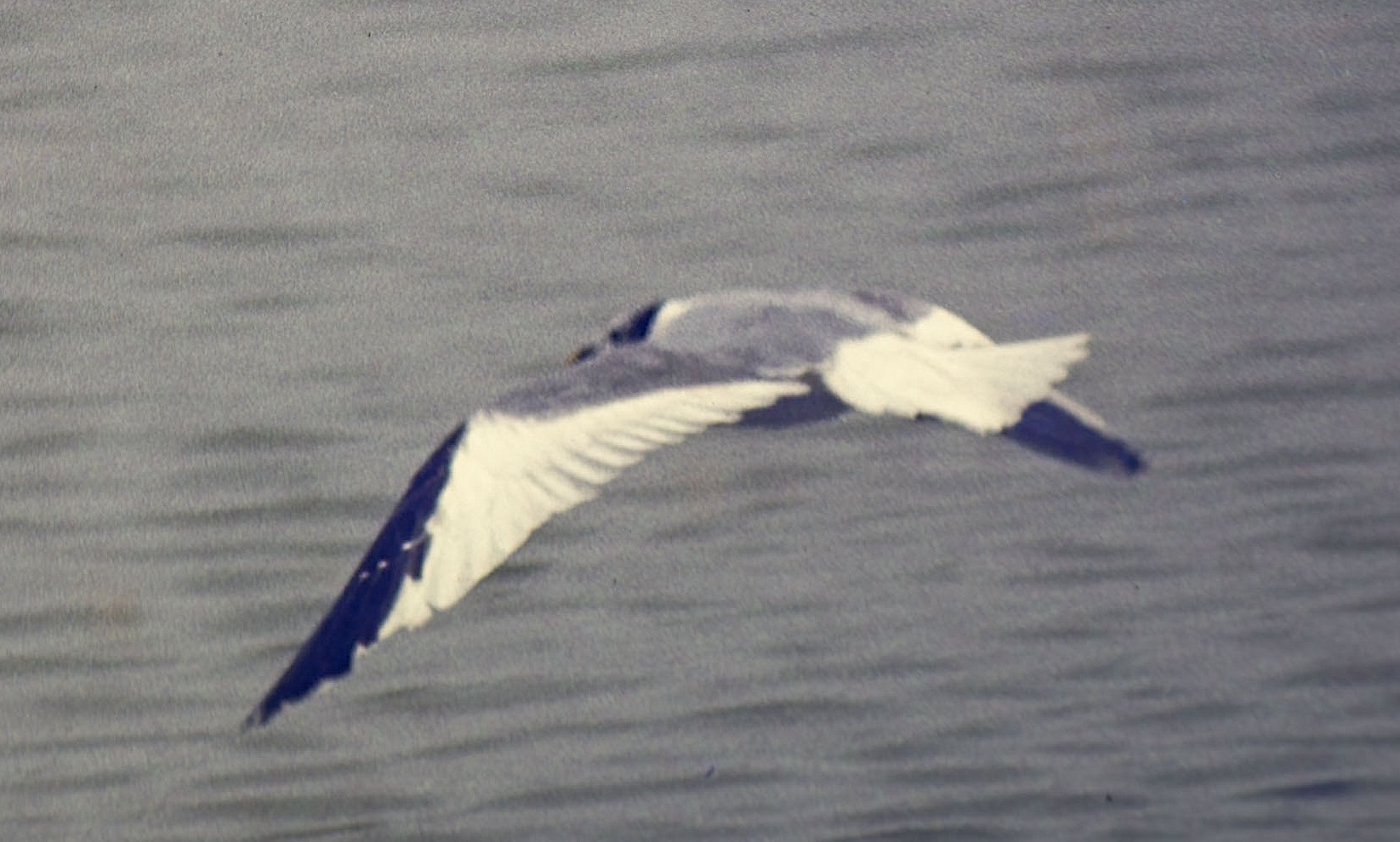
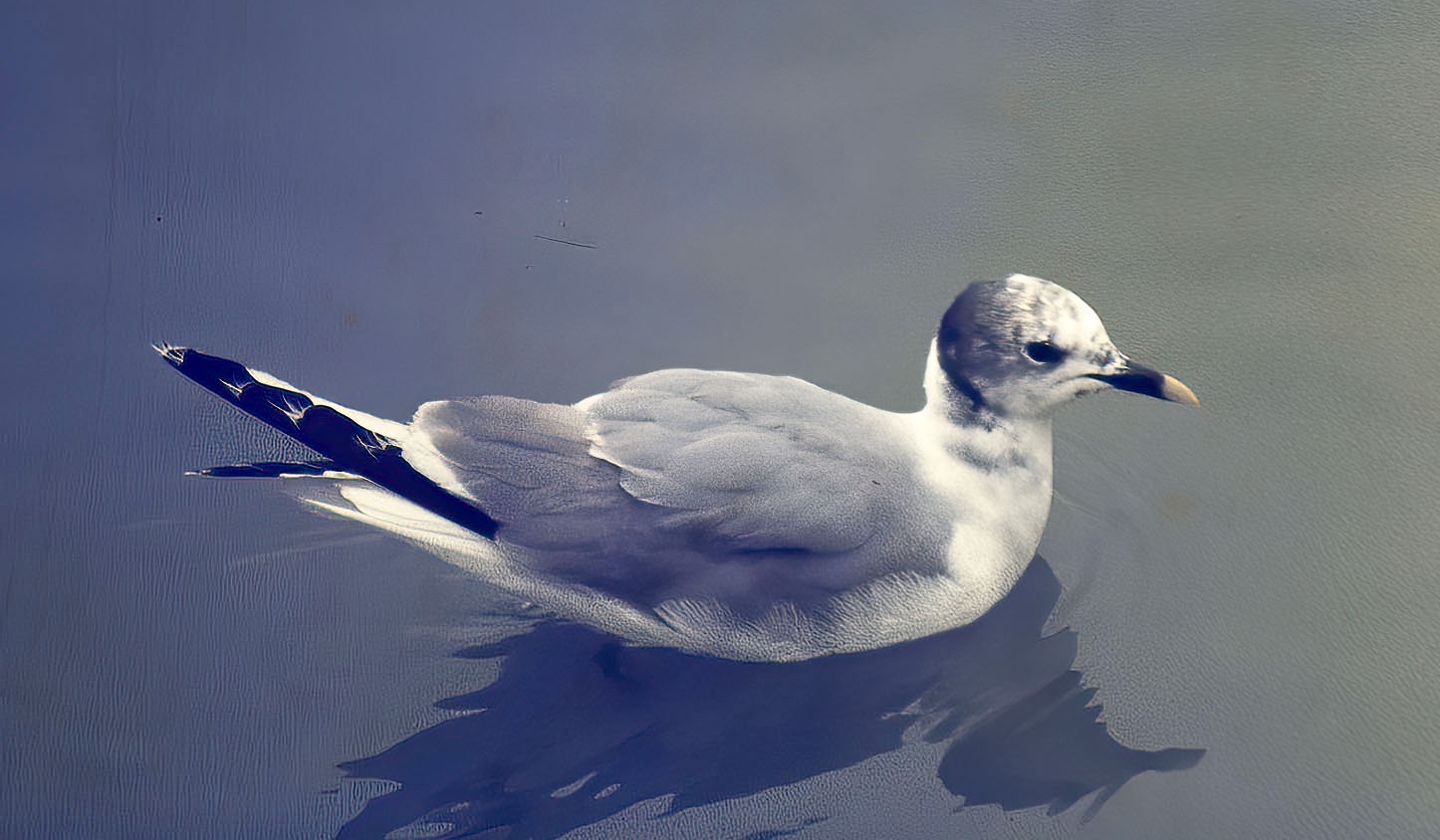
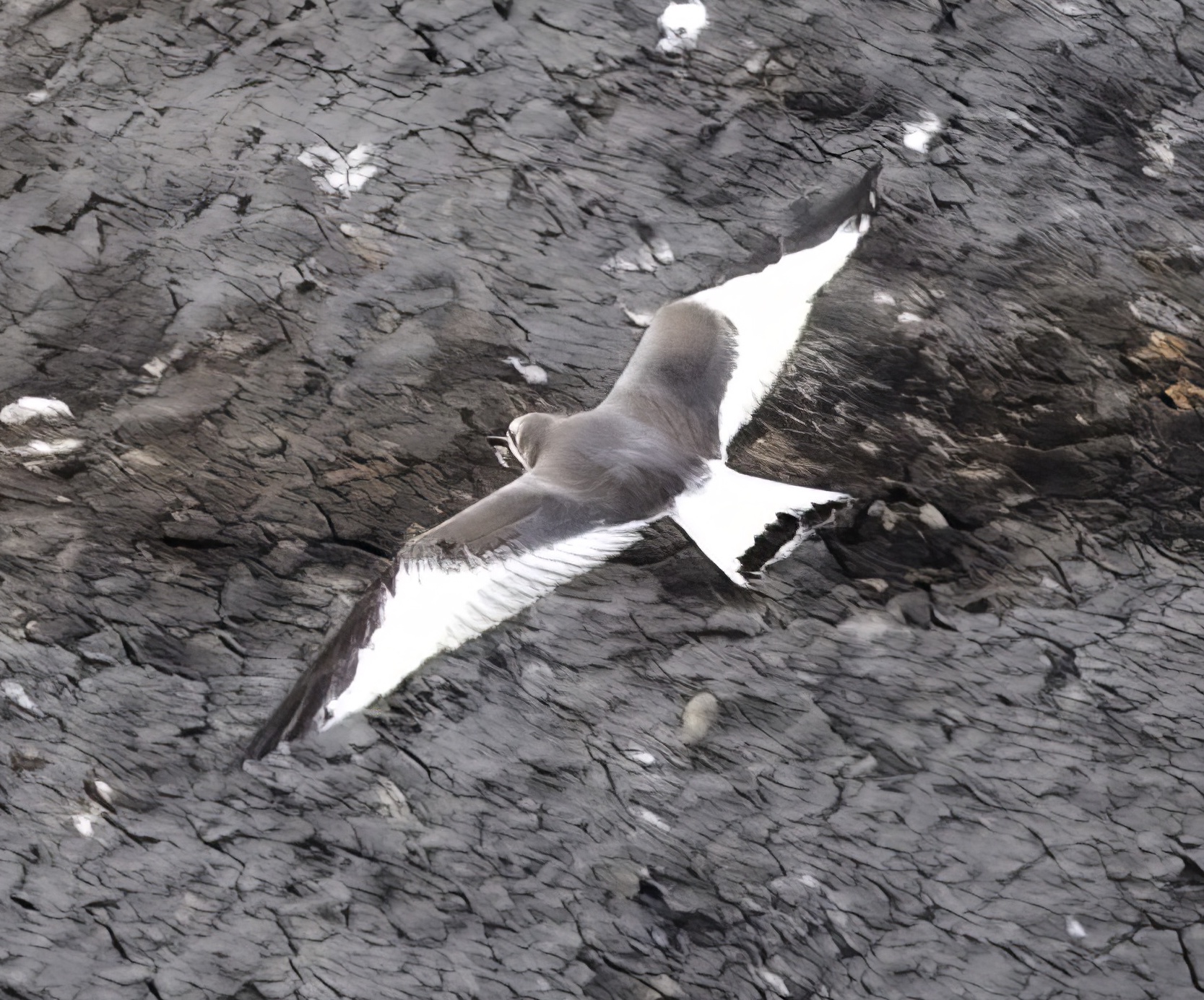
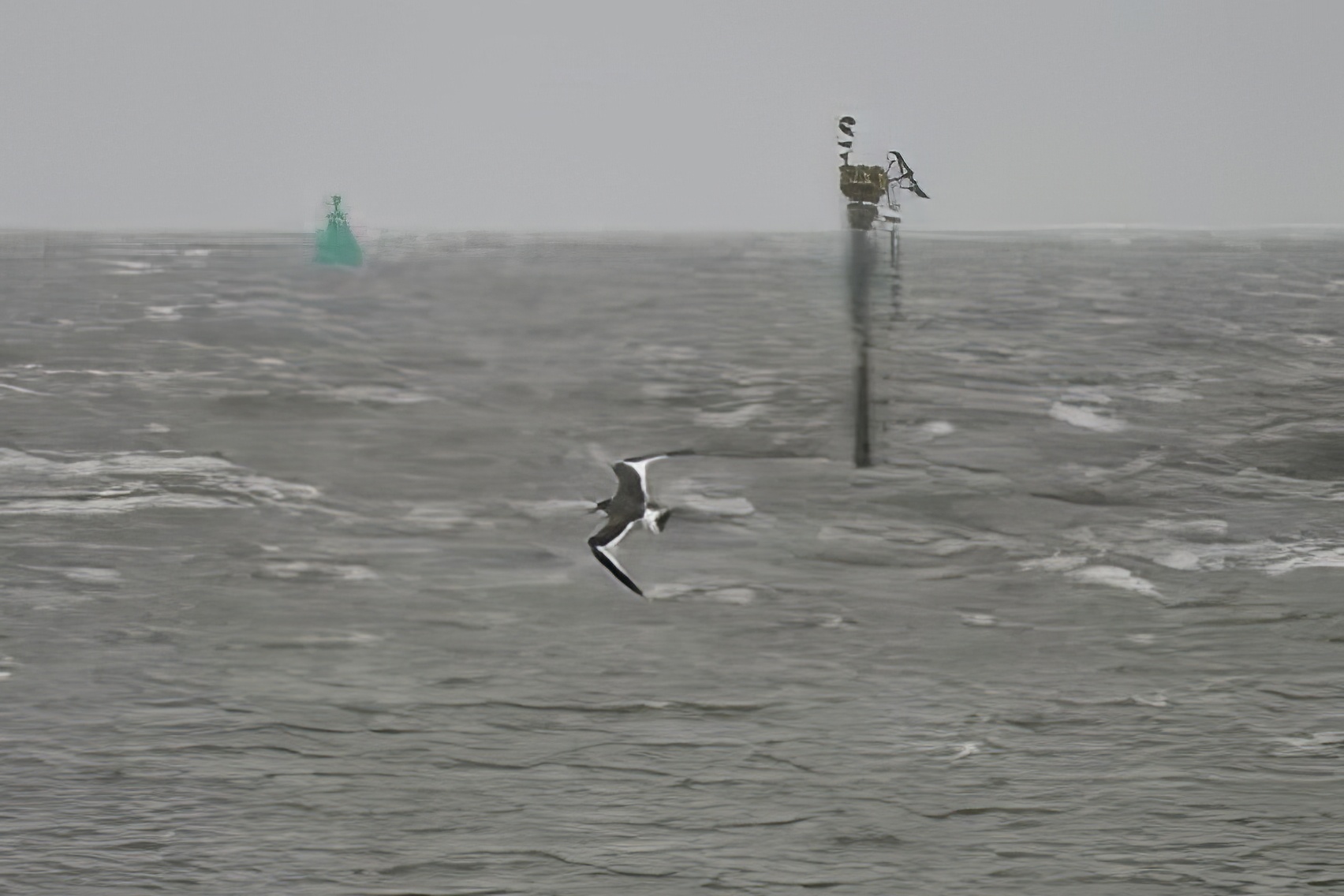
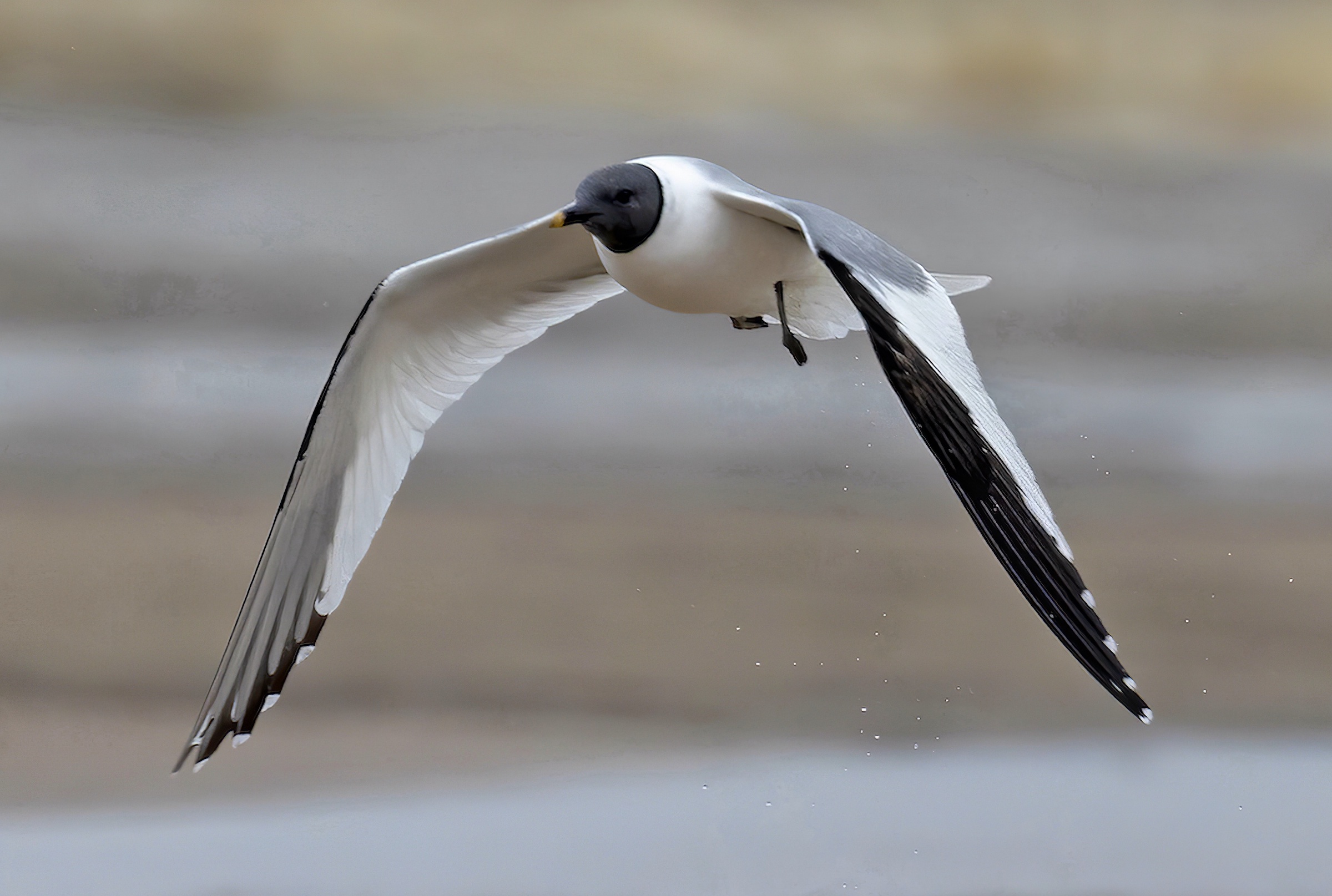
Smith and Cornwallis (1955) apparently reported the first record which was one seen between Saltfleet and Donna Nook on September 25th, 1893. Two were seen on Holbeach Marsh in September 1894 (one of which was shot) and another was shot at Grainthorpe Haven on September 28th, 1908, with another in the same district on October 19th, 1911. No further records exist as far as we know until one was seen on August 30th, 1956, at the Nene Mouth. Another was at Gibraltar Point August 29th 1967, and after that they were more or less annual in small numbers. The Atlas reported 30 records in the 20 years up to 1997. Over the period 2010 to 2020 there have been slightly more with an average about 3 per year; in 2012 and 2014 there were none, while 2018 had seven and 2020 had eight; all were seen between August 9th and October 30th. The only inland birds and also the longest stayers, were juveniles at Bardney Pits, September 10th-28th, 1974, and Leadenham Tip from September 16th-19th 2011. The most seen at one site on one day were four juveniles at Witham Mouth, September 17th, 1977, and four at the same site on September 4th 1978. Three adults (2CY+) were at Witham Mouth on August 30th 2020, and two adults in early moult on the beach between Horseshoe Point and Tetney Marshes on August 29th 2018.
Sabine's Gulls breed in Greenland, the North American arctic and north-east Siberia and winter off west and southern Africa. An adult Sabine's Gull in breeding plumage makes any autumn seawatch, and it remains a very scarce bird in Lincolnshire, possibly because as one of the more oceanic members of the gull family its main migration route lies in the Atlantic to the west of the British Isles.
(Account as per new Birds of Lincolnshire (2021), included September 2022)

